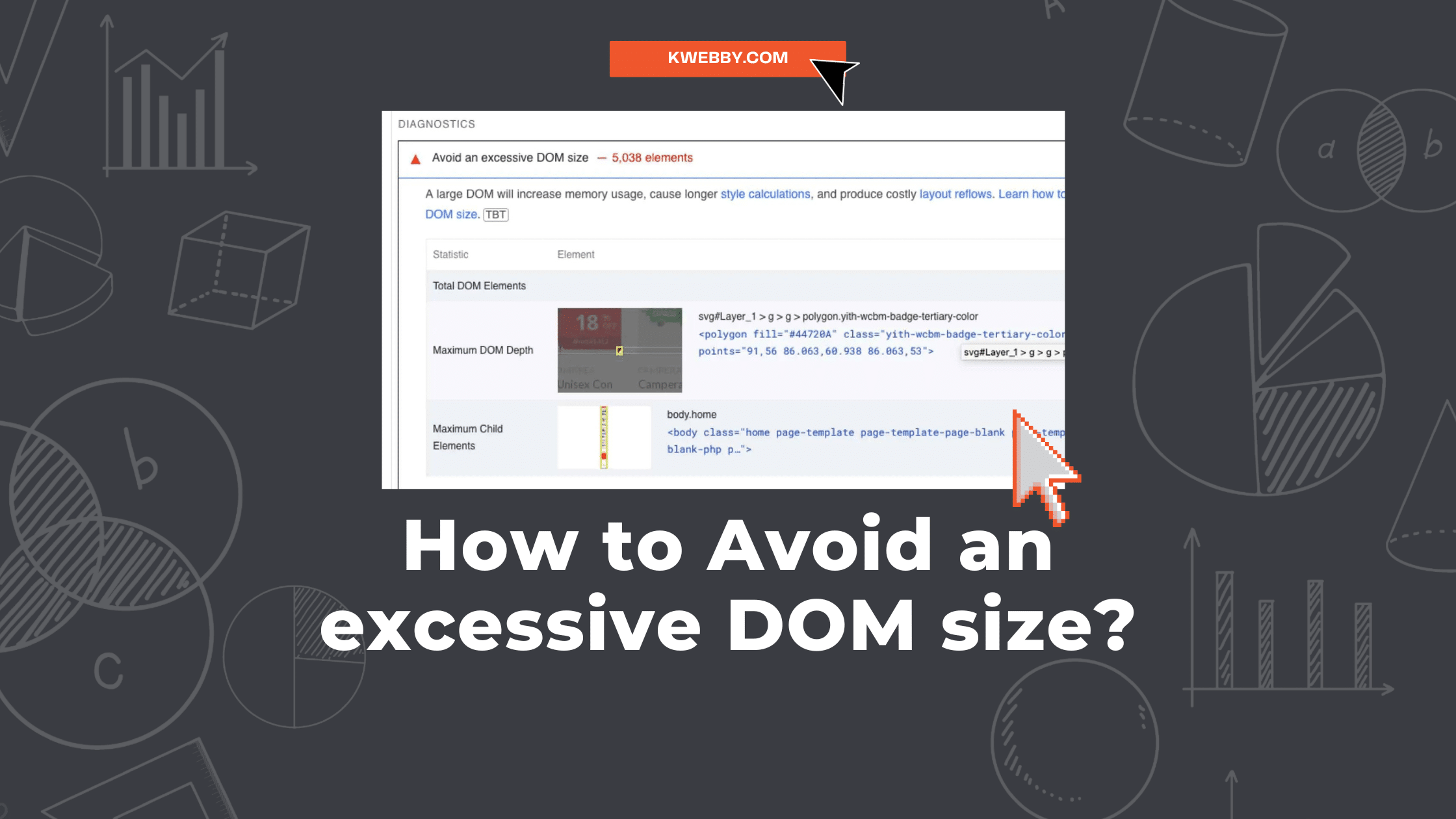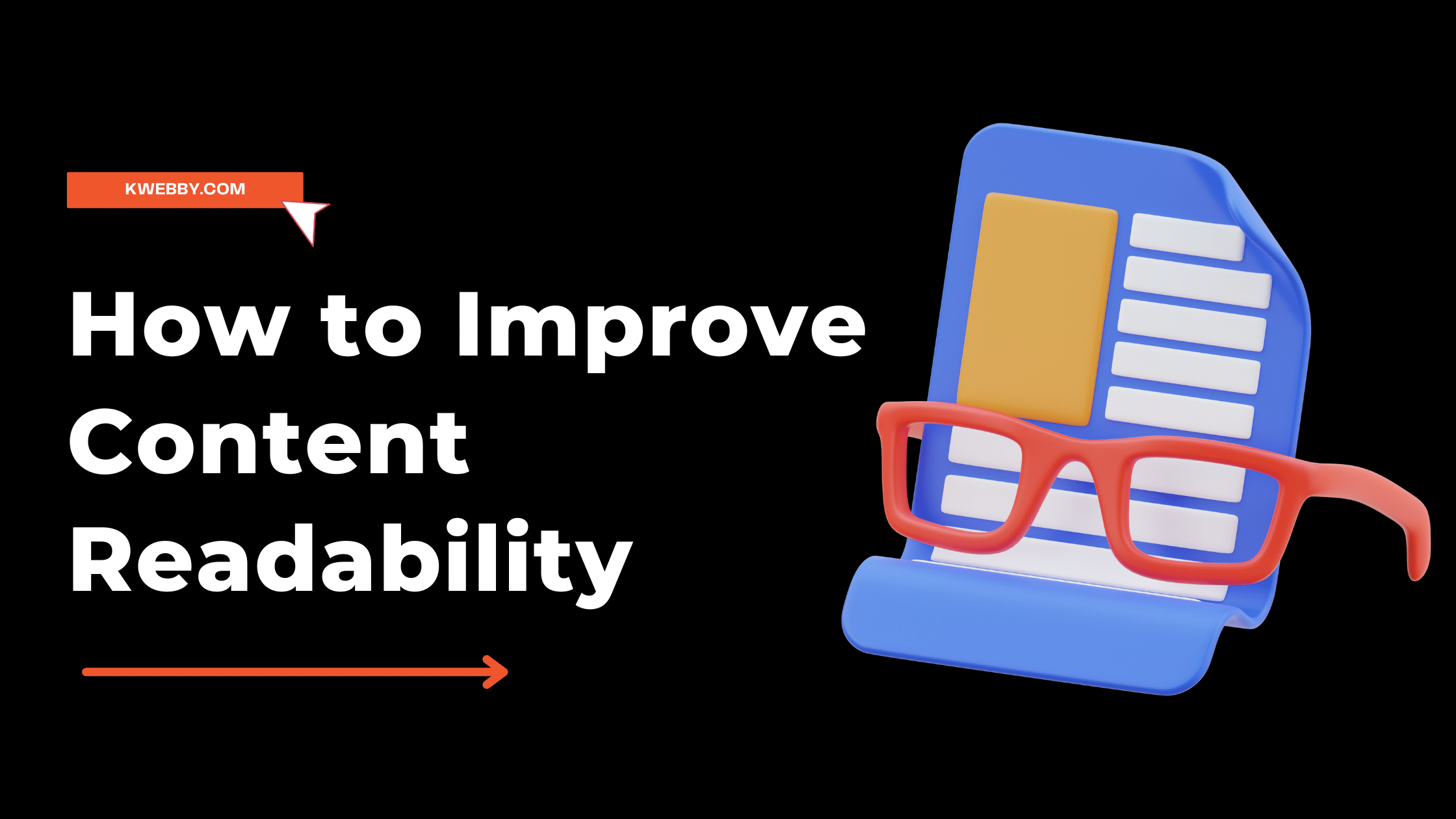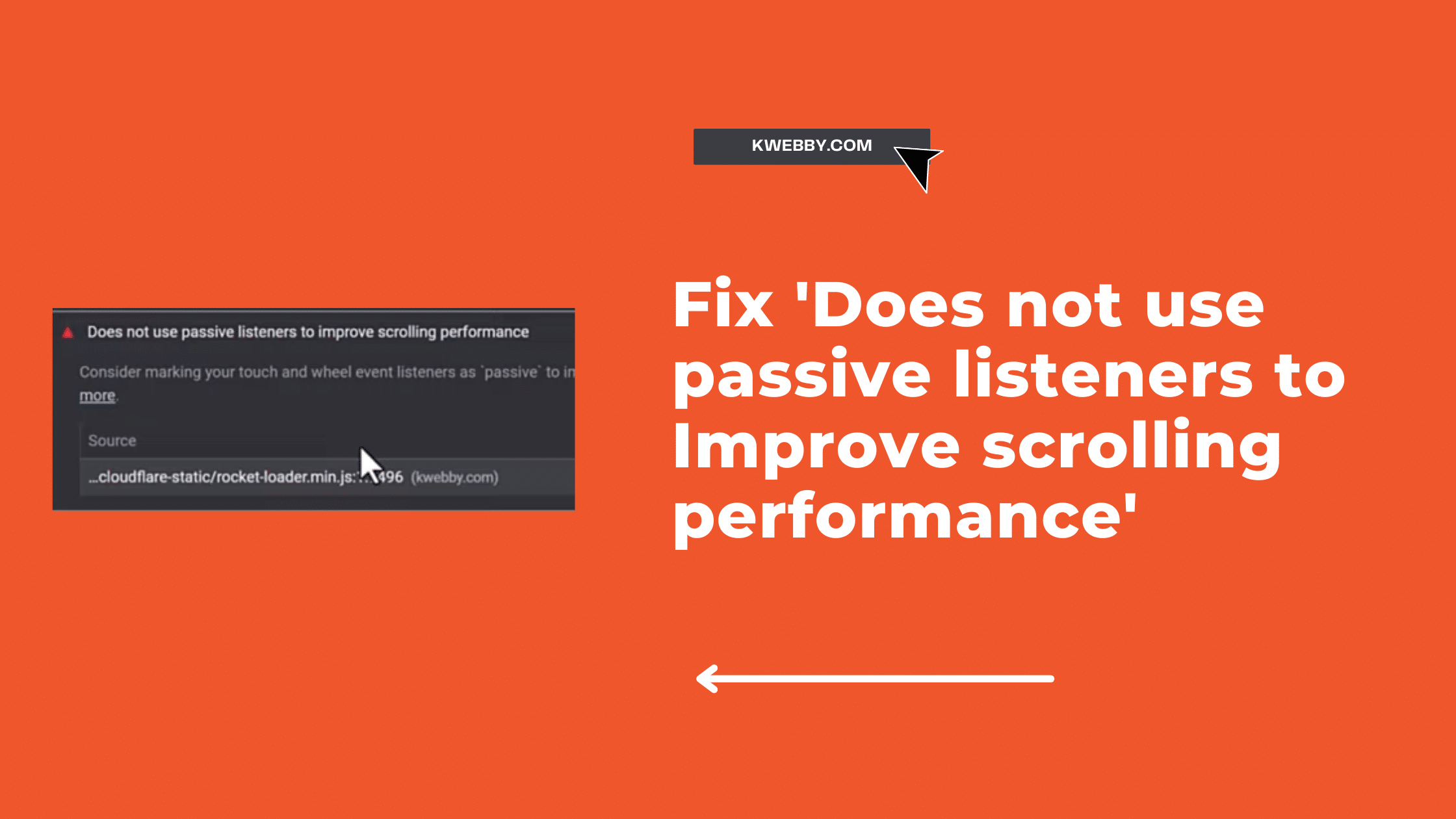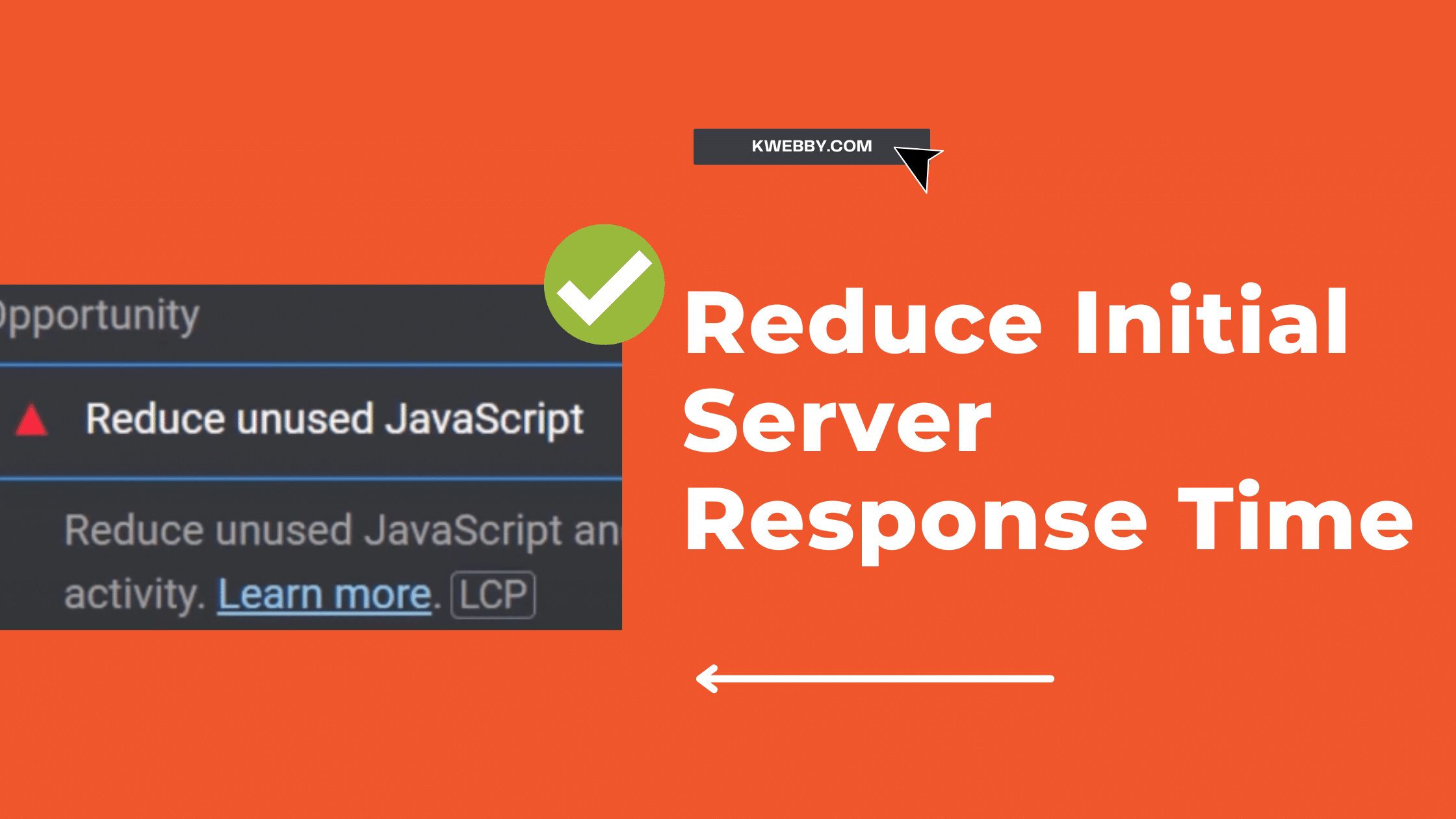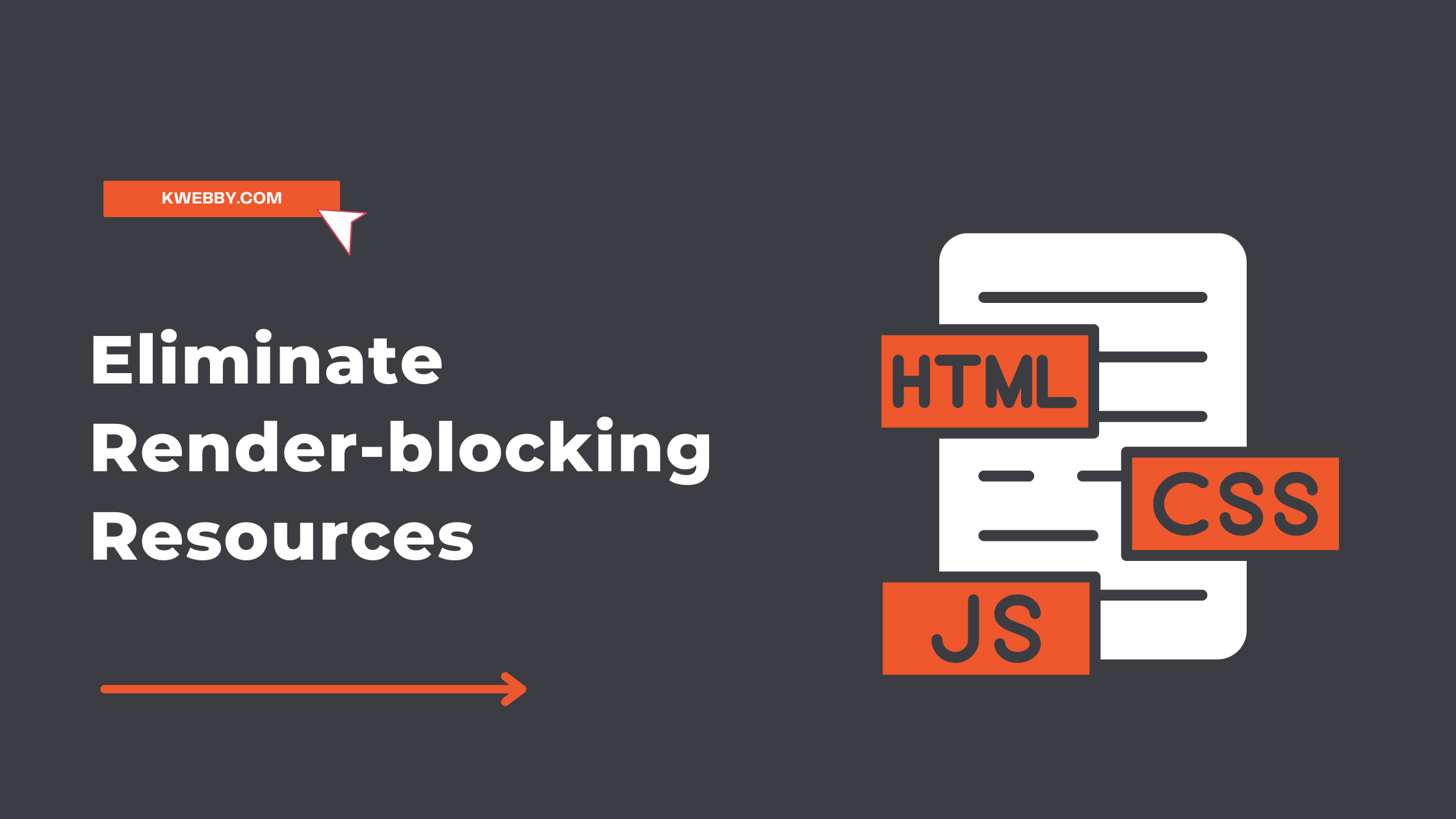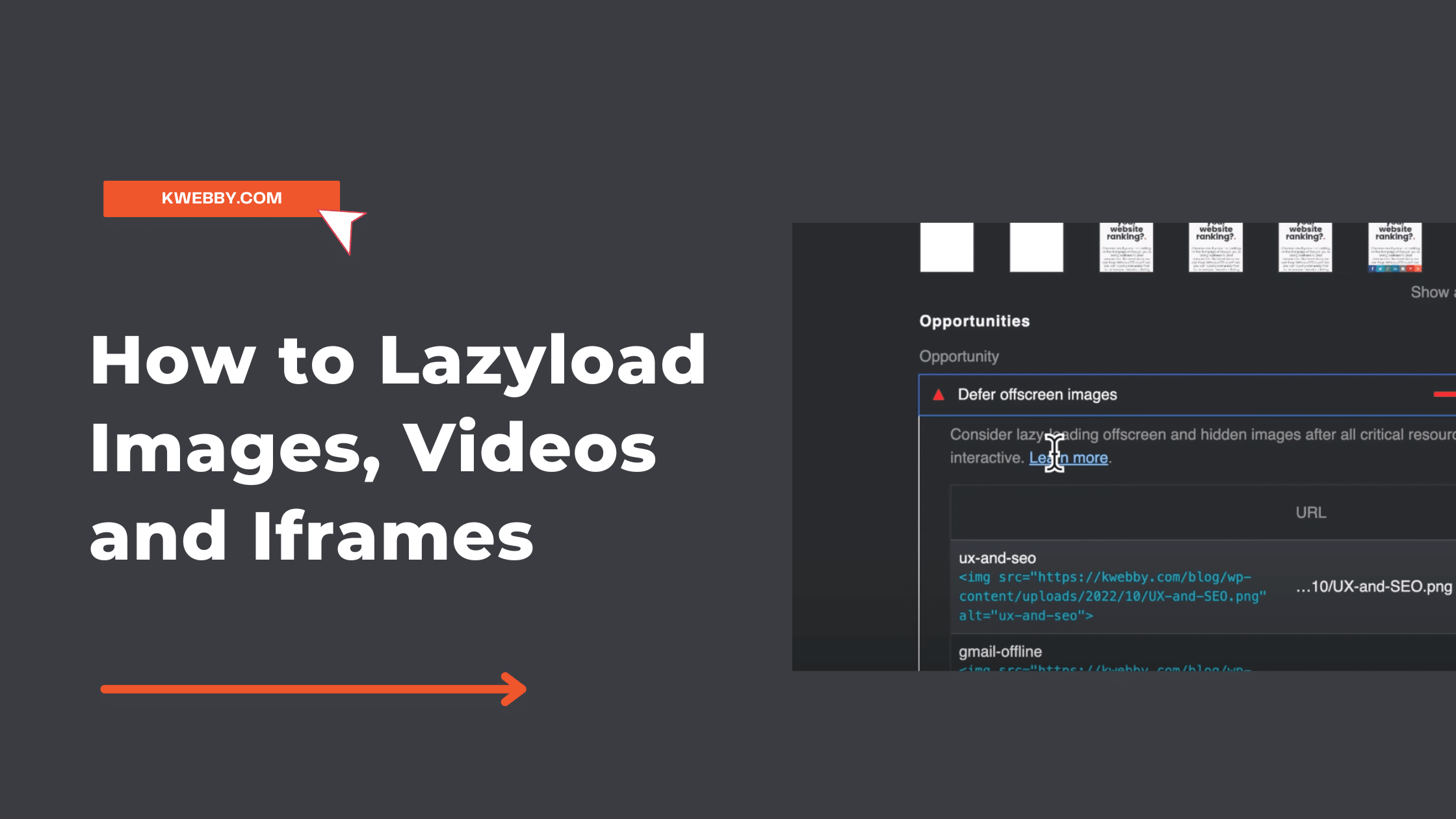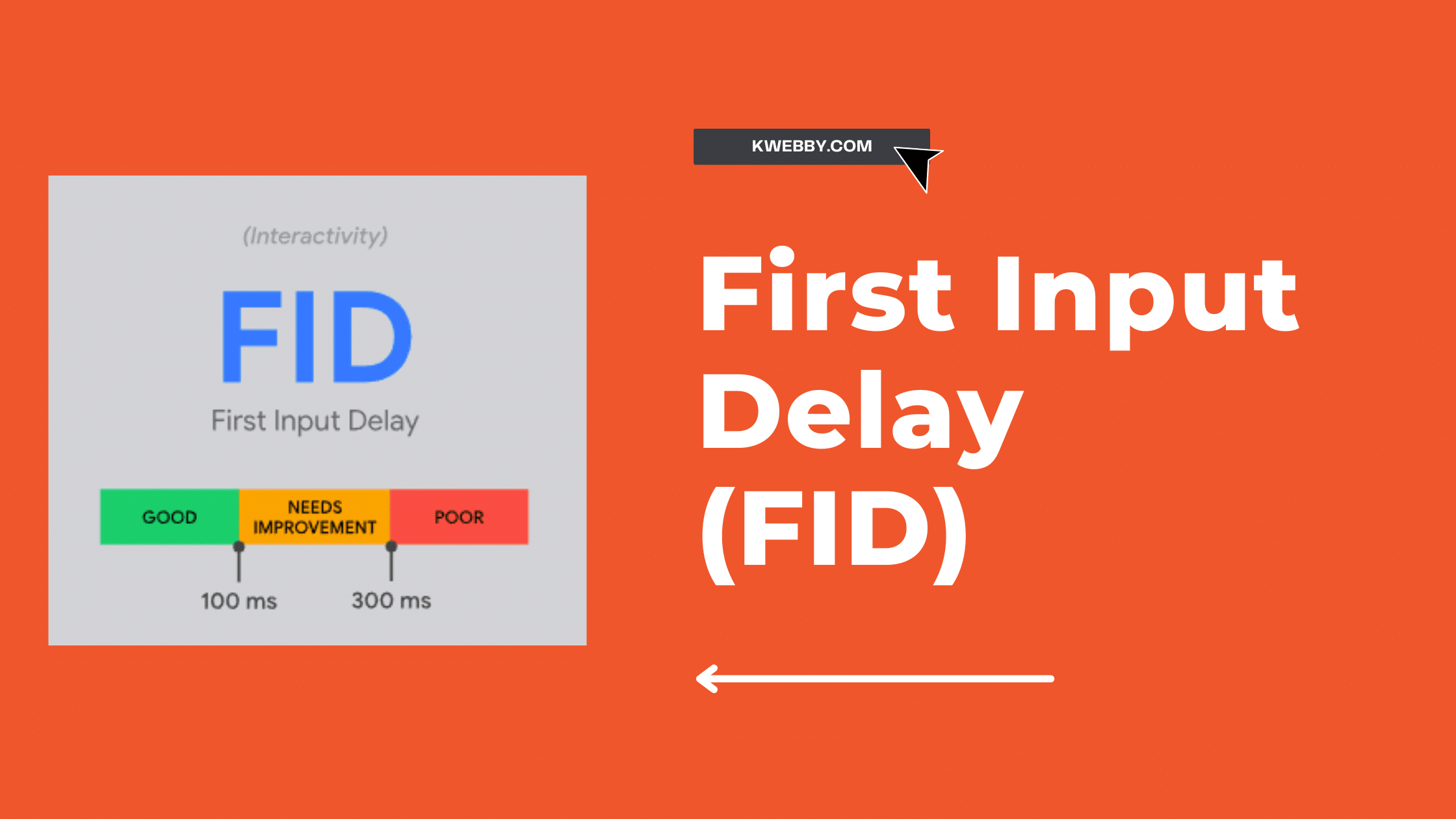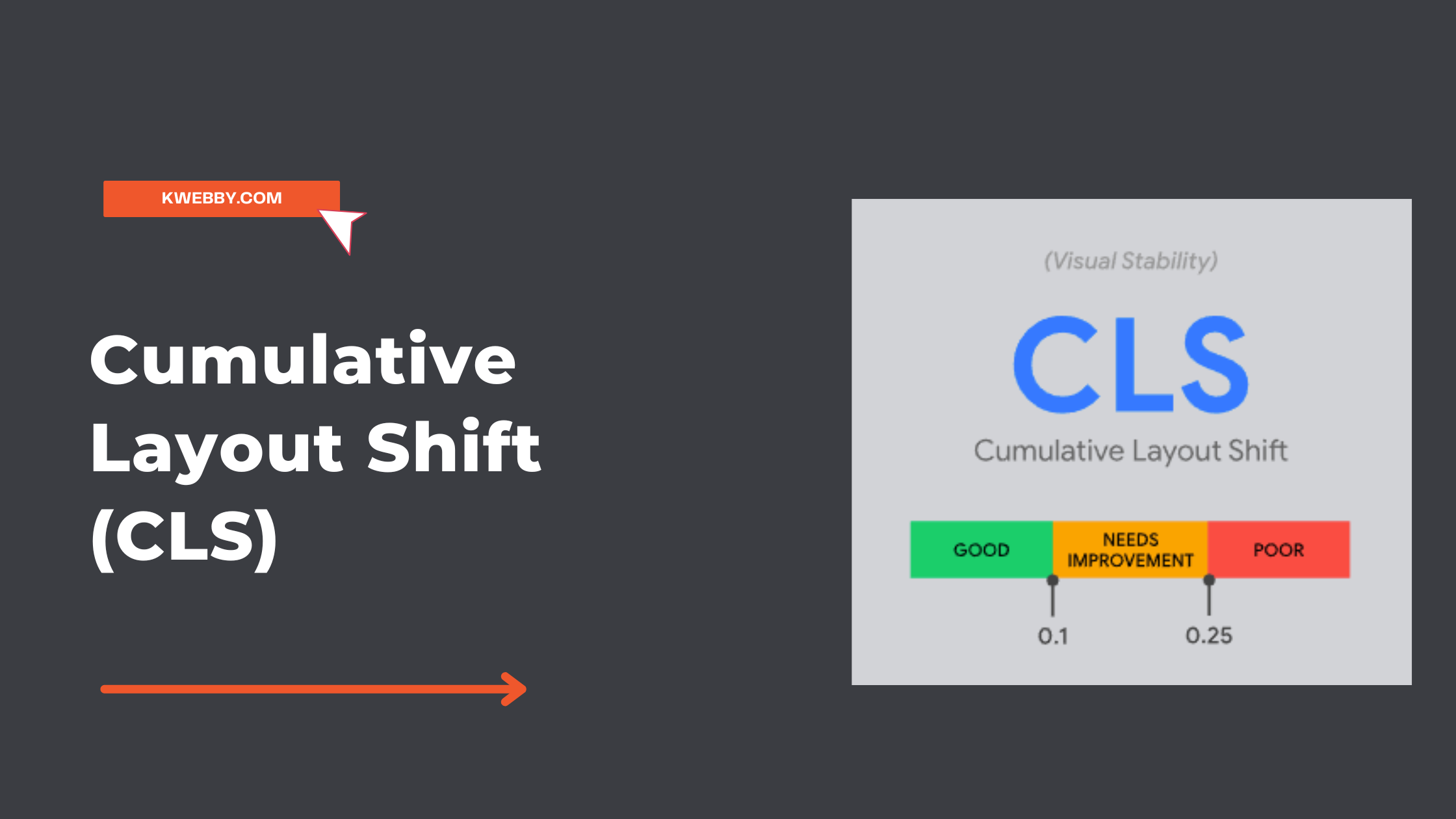Core Web Vitals
How to Avoid an excessive DOM size? (11 Proven Strategies)
The Document Object Model (DOM) size is a critical factor in web performance. A larger DOM size can lead to slower load times and decreased user engagement. Each HTML element added to the DOM increases its size, which in turn increases the time it takes for a browser to traverse, interpret, and render the page. […]
Read MoreInteraction to Next Paint (INP) – Measure & Optimize
Introduced in 2022 and set to replace First Input Delay (FID) as a Core Web Vital metric by 2024, Interaction to Next Paint (INP) has rapidly gained prominence in the realm of webpage responsiveness metrics. This innovative metric, which measures the latency of all user interactions on a webpage, holds the key to optimizing your […]
Read MoreHow to Improve Content Readability: 15 Expert Tips to Follow
In the era of digital content consumption, content readability has become a cornerstone of user engagement and retention. Why? Because readers crave content that is easily digestible, clear, and concise. When your content is readable, it is more likely to be shared, increasing your visibility and credibility in the digital realm. Let’s delve into some […]
Read MoreHow to Fix ‘Does not use passive listeners to Improve scrolling performance’
Performance is one of the most critical factors regarding SEO and user experience. Google has introduced Core Web Vitals to help webmasters optimize their websites for user experience and performance. One common issue webmasters and developers face the ‘Does not use passive listeners to improve scrolling performance.’ This guide will explain the cause of this […]
Read MoreHow to use CSS Image Sprites To Reduce HTTP Requests and Increase Pagespeed
If you’re a web developer or SEO, you know that site speed is essential for users and search engine ranking. One way to improve your site’s speed is by using CSS sprites. CSS sprites are a technique where you combine multiple images into one single image. This reduces the number of HTTP requests and can […]
Read MoreHow to Reduce Initial Server Response Time (5 Proven Methods)
If you’re running a website, you want to ensure that it loads quickly for your visitors. One of the critical factors in page load speed is initial server response time, which is when your web server starts sending data after receiving a request from a visitor. This post will share tips on reducing initial server […]
Read MoreHow to Fix Eliminate Render blocking Resources (5 Methods)
Google’s Page Speed Insights tool is a great way to identify Google’s core web vitals element render-blocking resources on your website. Render-blocking resources prevent the visible part of your web page from appearing until they load. This can impact your page’s performance and cause visitors to have a negative experience. This post will show you […]
Read MoreHow to Lazyload Images, Videos and Iframes in 2025
No one likes a slow website. And images are often the culprits when it comes to website performance. If you’re using WordPress, there’s a lazy load plugin that can help with this. If you’re not using WordPress, there’s still hope! You can lazy load images on any site by adding a few lines of code. […]
Read MoreHow to Improve First Input Delay (FID) in 2025
If you want your website to perform well in search engine results pages (SERPs), you must ensure that it has a short first input delay (FID). This metric measures how long it takes for a user to be able to interact with your site after they have clicked on it. A slow FID can result […]
Read MoreHow to Improve Cumulative Layout Shift (CLS) in 2025 Easily
It’s essential to reduce Cumulative Layout Shift (CLS) on your website to improve the user experience. CLS is a metric that measures how often users experience unexpected layout changes while interacting with a page. This can be caused by images or ad placements that are slow to load or by content that shifts as the […]
Read More